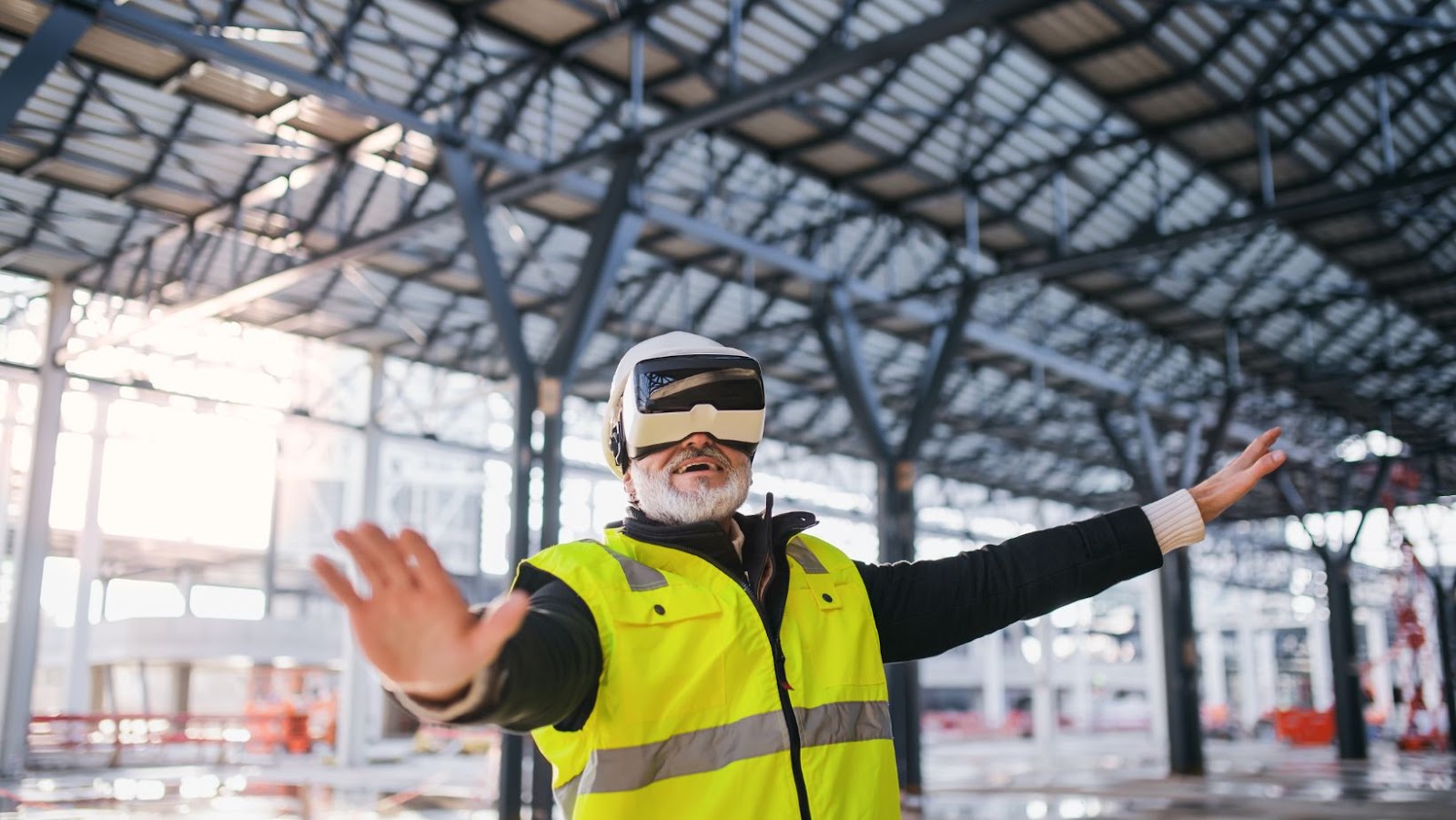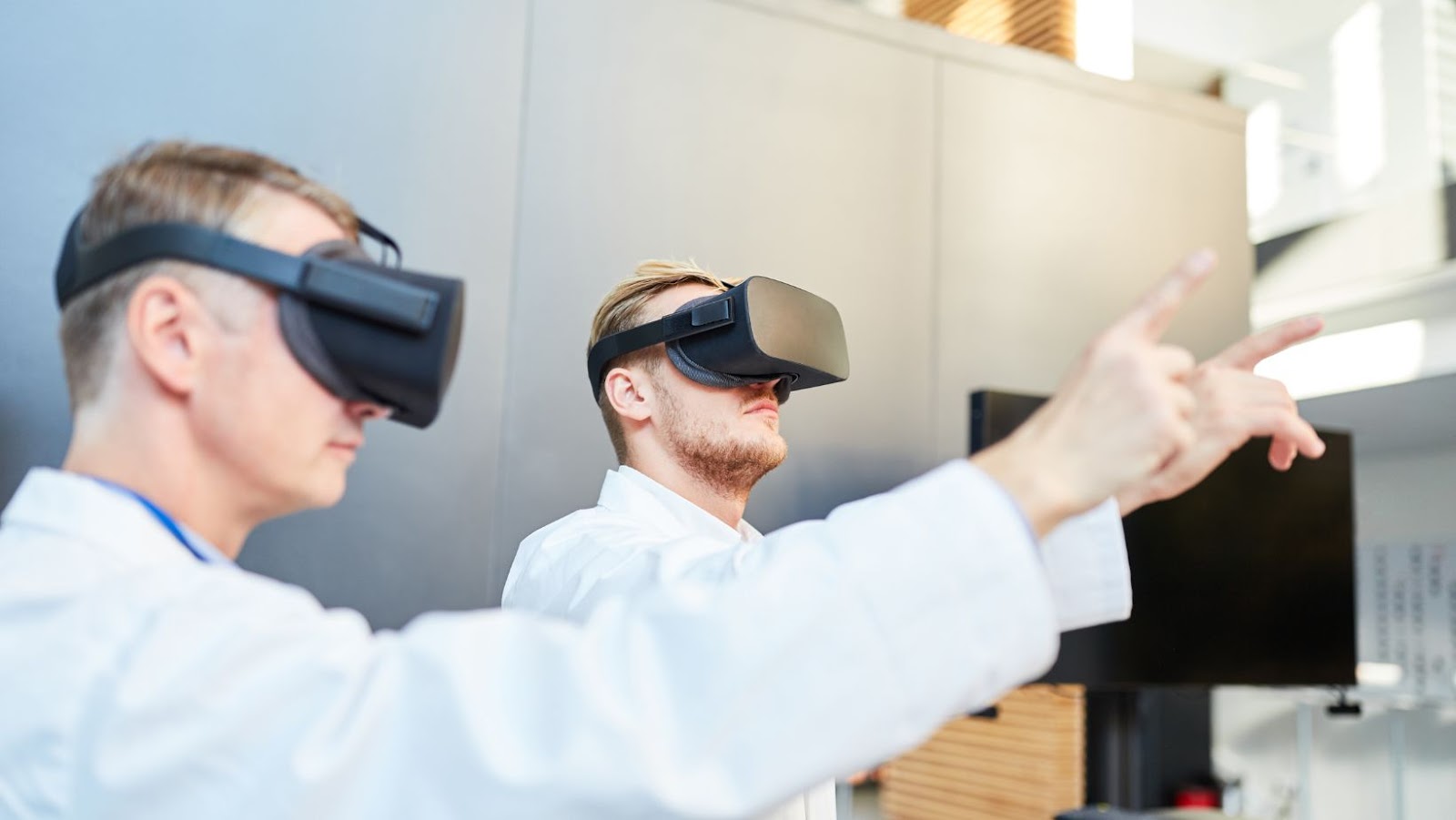 Virtual Reality Job Training
Virtual Reality Job Training
Virtual reality job training leverages immersive technology to create realistic simulation environments. These environments help employees practice tasks and develop skills without real-world consequences. Companies across healthcare, manufacturing, and aviation sectors adopt VR for its effective learning outcomes.
In healthcare, VR platforms simulate surgeries and medical procedures, allowing trainees to interact with 3D anatomy models. This hands-on approach enhances understanding and retention compared to traditional textbook methods. Manufacturing firms use VR to safely train employees on operating heavy machinery. These simulations reduce accidents and equipment damage by providing a risk-free learning environment. In aviation, pilots use VR simulations for flight training, ensuring they can handle emergencies and complex scenarios.
Data shows VR training can increase retention rates by 75-90% and improve trainee performance compared to traditional methods. This increased efficacy comes from the engaging, interactive nature of VR, which keeps learners focused and more inclined to practice repeatedly. As VR technology advances, more industries adopt it to keep up with the evolving requirements of job skills.
Key benefits of VR job training include:
- Enhanced Retention: Realistic simulations boost memory retention and skill acquisition.
- Cost Efficiency: VR reduces the need for physical resources and minimizes downtime.
- Safety: Risk-free training environments prevent potential workplace hazards.
- Scalability: VR modules can be easily updated and distributed to numerous employees worldwide.
Virtual reality in job training prepares employees for real-life challenges, offering a controlled, resource-efficient, and highly effective training solution.
 Benefits Of Virtual Reality Job Training
Benefits Of Virtual Reality Job Training
Virtual reality (VR) job training offers unique advantages. These benefits make it an effective tool across various industries.
VR job training provides immersive experiences. Employees interact with realistic environments, resulting in improved focus and participation. Studies show that such immersive learning can increase retention rates by 75-90%. For example, healthcare professionals retain surgical procedures better when practiced in VR simulations compared to traditional methods.
VR training enables risk-free practice. Employees can make mistakes and learn from them without real-world consequences. This is especially beneficial in high-risk industries like aviation and manufacturing. In aviation, pilots can simulate emergency scenarios, while manufacturing workers can safely handle heavy machinery in a virtual space.
Investing in VR reduces long-term training costs. Traditional training often requires physical resources, travel, and downtime. VR eliminates many of these expenses by providing a scalable solution. A company can train new employees virtually without disrupting operational flow. For instance, a manufacturing firm can use VR to train numerous employees on machinery operations simultaneously, saving on equipment wear and tear.
 Key Technologies In Virtual Reality Job Training
Key Technologies In Virtual Reality Job Training
Virtual reality job training relies on several key technologies that create immersive and effective training environments across multiple industries. VR headsets are central to creating immersive job training experiences. They display 3D visuals and track head movements, allowing users to interact with virtual environments. Popular models include the Oculus Rift and HTC Vive, which offer high-resolution displays and precise tracking. These devices provide realistic simulations that enhance learning and retention.
Haptic feedback adds sensory experiences to VR training. Devices like gloves and vests simulate touch and force, enabling trainees to feel textures and resistance in virtual environments. This technology is crucial in fields where tactile feedback is essential, such as surgery or machinery operation, as it replicates real-world sensations, leading to improved skill acquisition.
Virtual simulation software powers the scenarios presented in VR headsets. Advanced programs like Unity and Unreal Engine create detailed, interactive environments for diverse training purposes. These platforms allow customization for specific industry needs, whether it’s a medical procedure, a flight simulation, or industrial machinery operation. The software ensures realistic and adaptable training experiences.
Virtual reality is reshaping job training by offering immersive and interactive experiences that outshine traditional methods. Its ability to simulate real-world tasks in a risk-free environment benefits various industries, from healthcare to retail. Enhanced retention, cost efficiency, and safety make VR an attractive training solution. While challenges like high initial costs and technical issues exist, advancements in AI and accessibility are paving the way for broader adoption. As VR technology continues to evolve, it’s set to become an indispensable tool in preparing employees for real-world challenges, driving efficiency and effectiveness in job training.